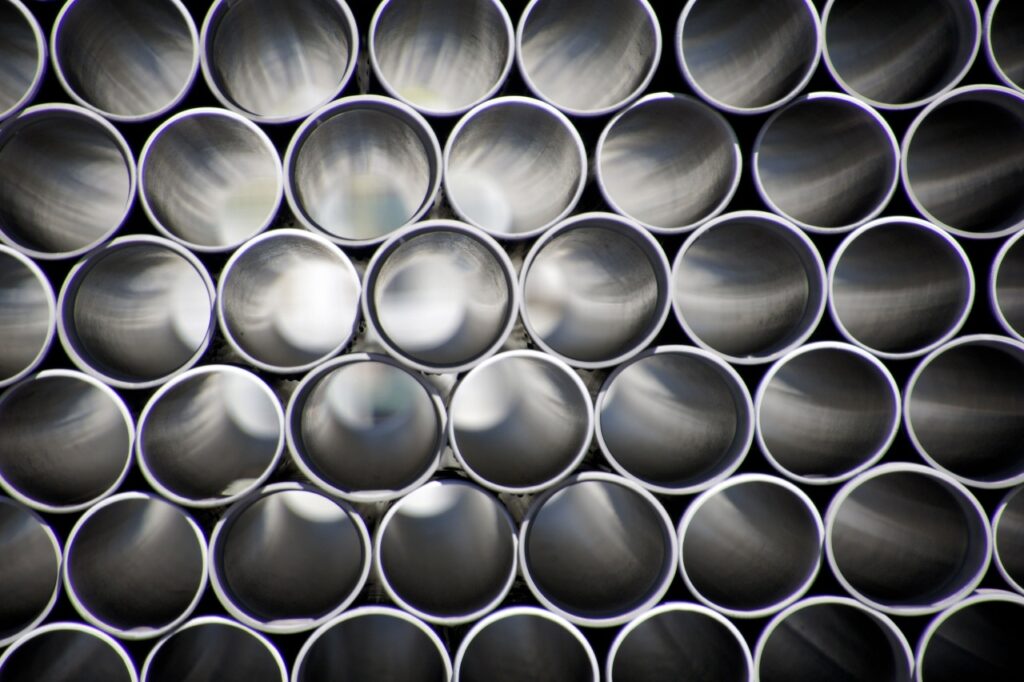ECHA identifies risks from PVC additives and the release of microparticles

Image: PxHere
ECHA identifies risks from PVC additives and the release of microparticles – Investigations by the European Chemicals Agency (ECHA) have shown that some substances added to polyvinyl chloride (PVC) plastic- think of plasticizers, for example – can pose risks to humans and the environment. Regulatory measures would be required to limit the use of these additives and minimize emissions of PVC microparticles.
Possible risks of PVC and PVC additives
On behalf of the European Commission, ECHA has collected information on the potential risks of PVC and PVC additives to human health and the environment. In addition, possible alternatives were considered and the social impact of possible risk management measures was assessed.
Content of the study
The research focused on 63 PVC additives, including plasticizers, heat stabilizers and flame retardants. Key findings indicate that regulatory action is needed:
- To minimize the risks associated with plasticizers. This applies in particular to certain orthophthalates that are toxic to reproduction.
- To minimize the risks of heat-stabilizing organotins, which can cause developmental and reproductive harm, consider DOTE.
- To Reduce emissions of flame retardants as proposed in ECHA’s regulatory strategy for flame retardants;
- To Implement and improve technologies that minimize emissions of PVC microparticles, especially in recycling facilities and landfills. The release of PVC microparticles contributes to plastic pollution. These microparticles also contain harmful additives and therefore minimizing their emissions would reduce the emissions of these additives.
PVC resin
The risks of PVC resin to workers and the environment are considered to be “under control” due to the company’s current operating conditions and safety measures. This conclusion follows an analysis of the materials used in the production of PVC resin, the production process, waste disposal and exposure to PVC dust.
Evaluation by the European Commission
ECHA’s study has now been sent to the European Commission, which will evaluate it and decide whether it is necessary to formally request ECHA to prepare a REACH restriction proposal.
Background
ECHA’s research supports the European Commission in determining how to address potential risks from PVC additives and PVC. The work contributes to the objectives of the EU Plastics Strategy and the EU’s commitment to reduce plastic pollution under the United Nations Environment Programme (UNEP).
More information
Source: ECHA
Also Read: Gain a better understanding of toxic chemicals!
Reservation
This information has been compiled with the greatest possible care, in some cases from different information sources. (Interpretation) errors are not excluded. No legal obligation can therefore be derived from this text. Everyone dealing with this subject has the responsibility to delve into the matter!

Trackbacks/Pingbacks